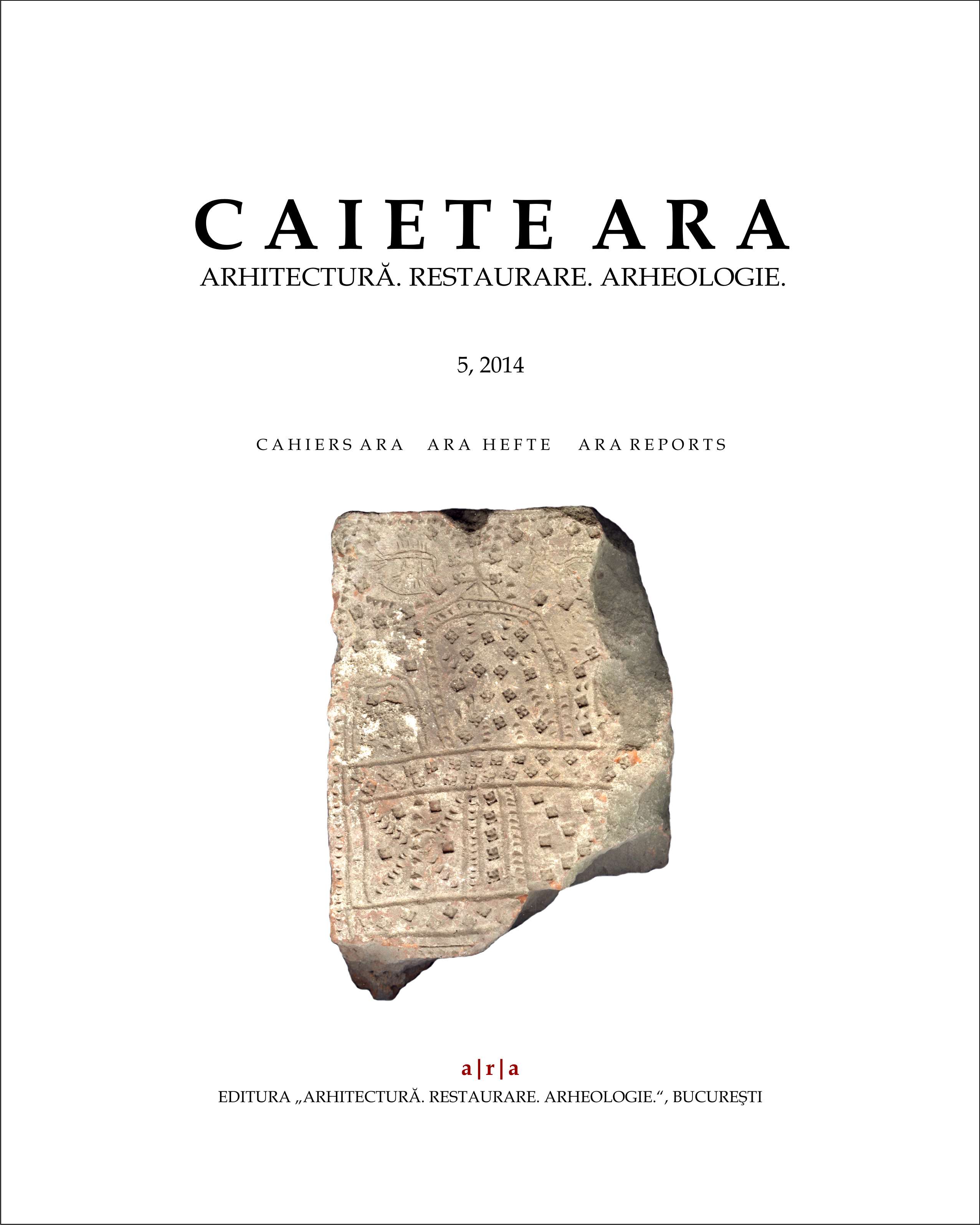Romanian architects in political reclusion. The Virgil Antonescu case
Romanian architects in political reclusion. The Virgil Antonescu case
Author(s): Vlad Mitric-CiupeSubject(s): Architecture, Social history
Published by: Editura "Arhitectură. Restaurare. Arheologie"
Keywords: architect; communism; Securitate; political prison; Danube-Black Sea Canal; architecture;
Summary/Abstract: Since the earliest times the authorities have identified the major social impact that architecture creation would have and acted consequently. As for the totalitarian regimes of the 20th century, the positions were totally different. Fascism started from what Mussolini said that ‘the new Italy needs a new architecture’. Sorin Vasilescu once stated that ‘during those two decades of Italian dictatorship, there was no case – not even the exception that proves the rule – of an architect to have been the victim of any kind of repression.’ In the Nazi Germany, the professionals who would not comply with the fundamental instructions given by the political sector for the state art and take part in other forms of artistic expression, would miss out on the major projects. The third case, the Bolshevist, is already known today – either a bullet in your head or a one-way trip to Siberia. The present study aims to bring to light what happened to the architects who protested or tried to enjoy a certain freedom in Romania between 1944 and 1964. Even though architect Virgil Antonescu had not been involved with politics and had no sympathies, he was active with George Manu’s efforts, his brother-in-law, to build a network of anti-communist resistance in the mountains. Along with Manu and his fellows, he identified possibilities of laying out hiding places, set up hosts, examined the strategy of a quick return and sheltering in the mountains and finding supplies during the conflict times. Architect, restorer and political prisoner, Virgil Antonescu is a leader of his generation from two points of view. Spiritual – he morally resisted the communist assault, by his conduct during prison time – and also professional, as he was an active presence in the restoration of historical monuments during the 6th-9th decades of the last century.
Journal: Caiete ARA
- Issue Year: 2014
- Issue No: 5
- Page Range: 197-208
- Page Count: 12
- Language: English
- Content File-PDF

